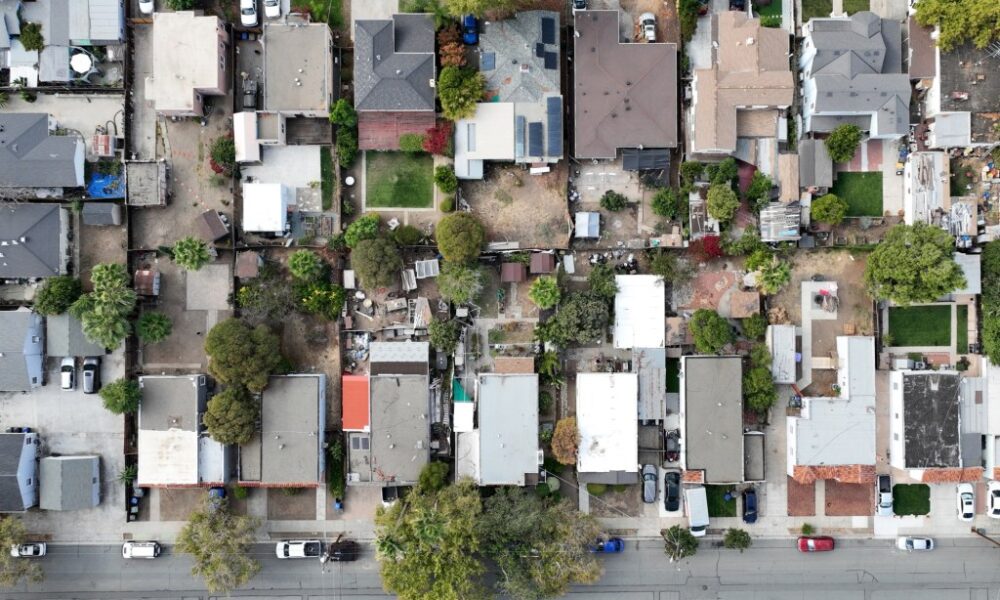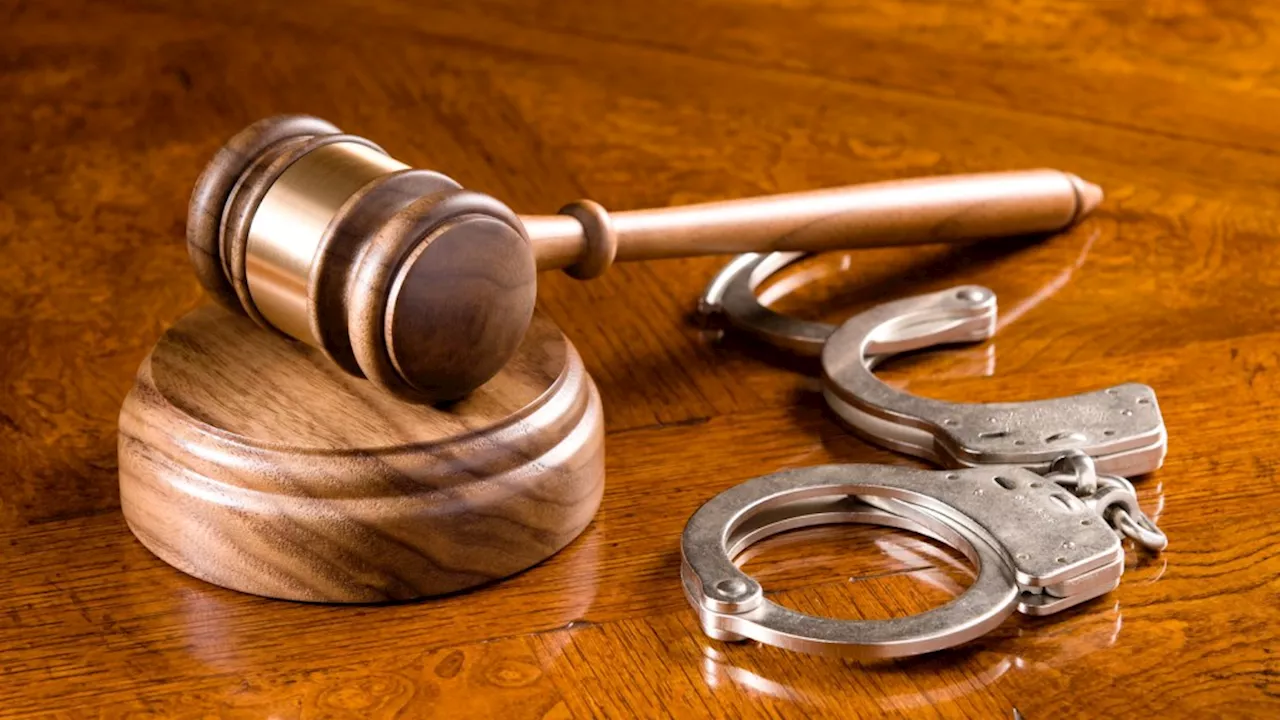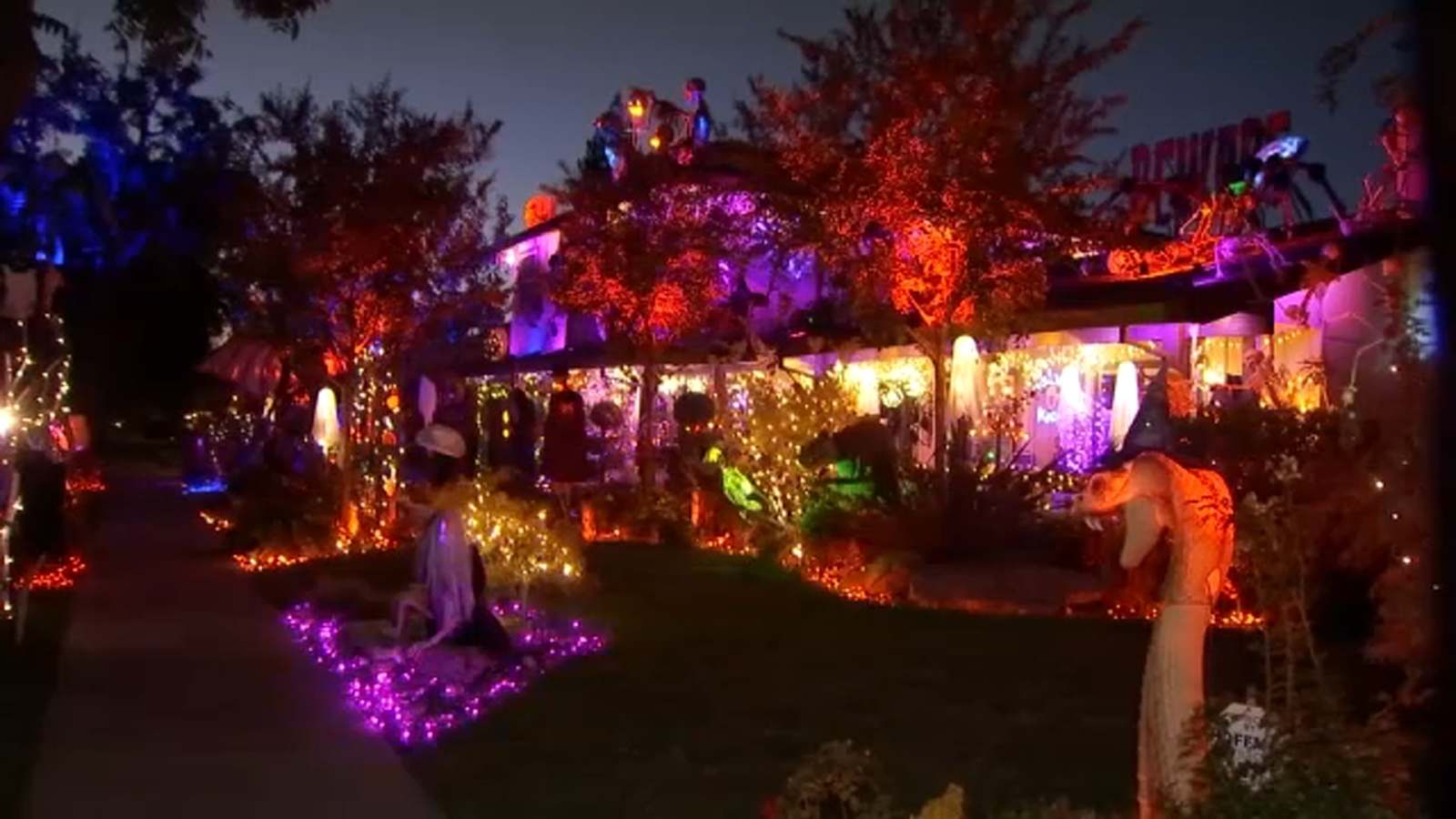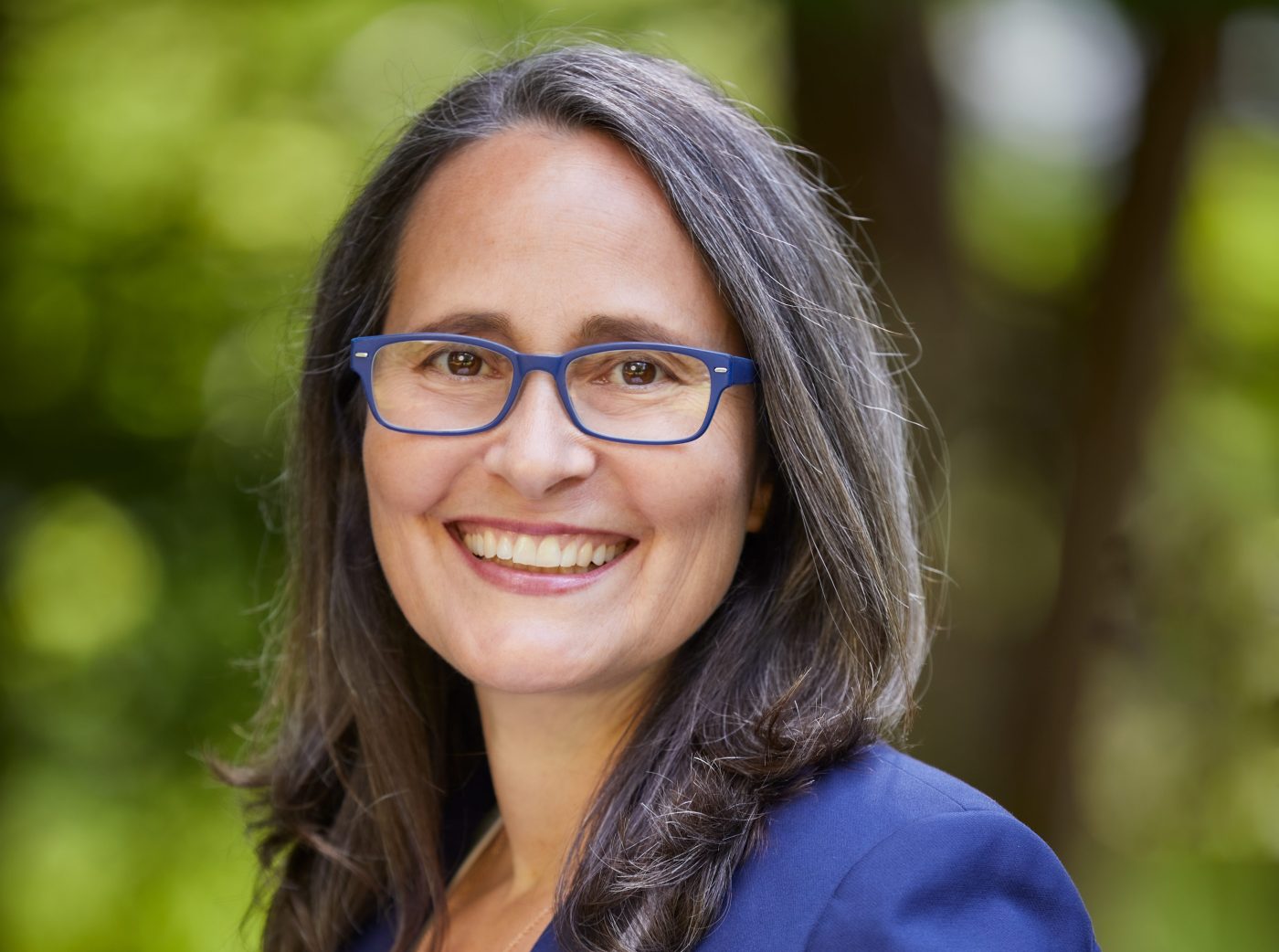UPDATE: In a critical move to combat rising temperatures and improve air quality, Pittsburg has just announced its first-ever long-term Urban Forest Management Plan. This initiative, fueled by a $2 million federal grant from the U.S. Department of Agriculture’s Forest Services, aims to significantly increase the city’s tree canopy, especially in neighborhoods most affected by heat and pollution.
With a city population of over 75,000, Pittsburg’s tree cover currently stands at only 6%, starkly lower than the average of 14% to 15% seen in comparable cities. In contrast, nearby Fremont boasts a canopy cover of 14.4%, while Pleasanton achieves 25.3%. This disparity has prompted officials to act swiftly.
The grant is part of a larger $1.5 billion initiative under the Inflation Reduction Act, specifically designed to support urban tree-planting efforts in disadvantaged communities. The city plans to conduct a comprehensive canopy assessment to identify where new trees can be planted to maximize impact.
Recent analysis by PlanIT Geo shows that Pittsburg’s “tree equity score” is a meager 67, ranking it among the lowest in Contra Costa County. Areas like Bay Point and Antioch score even lower, while Lafayette and Walnut Creek score high at 99 and 93, respectively. The score reflects how well tree benefits reach low-income communities and those disproportionately affected by environmental hazards.
Natasha Farmer, an administrative analyst with Pittsburg’s Public Works Department, emphasizes the urgency of improving this score. The city aims to boost canopy coverage to 10% by 2050, which will require adding nearly 30,000 new trees over the next 25 years. This ambitious goal builds on the approximately 37,700 public trees currently maintained by the city.
Farmer noted a slow but steady increase in tree canopy from 4% in 2010 to 6% in 2022. However, older neighborhoods suffer from inadequate planning, resulting in lower tree coverage. The management plan will focus on enhancing tree care practices to support healthy growth and ensure climate resilience.
A significant challenge remains: only 29% of Pittsburg’s land is deemed suitable for new tree planting, primarily due to impervious surfaces. Nonetheless, the city is committed to planting 450 new trees by January 2029, with half designated for underserved areas. So far, around 100 new trees have already been planted.
In a move to engage the community, the city plans to offer free trees to residents in 2027, encouraging them to care for and manage the trees planted in their neighborhoods. “We would do a maintenance agreement with them, enabling residents to contribute to our tree canopy,” Farmer explained.
Local residents express the pressing need for this initiative. Dulce Bernal, a mother from a low-income apartment complex near Highway 4, shared her struggle with heat and air pollution that exacerbates her child’s asthma. “I have to keep the air conditioner and air purifier running all the time; otherwise, my child’s asthma gets triggered,” she said.
Meanwhile, Isebel Morales, who lives in downtown Pittsburg, lamented the lack of shaded areas in the summer. “I would love to go to a green area, but there’s no green area near here,” she stated, calling for more planting events beyond the current annual efforts.
As Pittsburg embarks on this transformative journey, the focus is clear: to enhance the quality of life for its residents and ensure that all neighborhoods benefit from a revitalized urban forest. The time for action is now.







